A Girl of the Limberlost
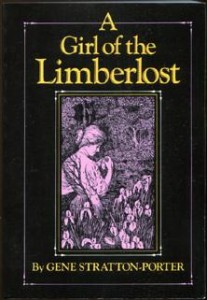 A Girl of the Limberlost is sort of an early twentieth-century Cinderella story. Published in 1909, the novel is written by noted Indiana naturalist Gene Stratton Porter.
A Girl of the Limberlost is sort of an early twentieth-century Cinderella story. Published in 1909, the novel is written by noted Indiana naturalist Gene Stratton Porter.
The book tells the story of Elnora Comstock, a neglected country girl whose mother has been embittered by the loss of her husband quite early in their marriage. She has never shown any love to Elnora, whose hardships refine and develop her character and send her escaping into the nearby swamp enough to cause her to accumulate a wealth of naturalistic knowledge. Over the course of the story she enters high school in the city against the odds and excels, financing her wardrobe and books through the sale of her extensive moth collection. The second half of the story traces her mother’s change of heart and Elnora’s courtship.
I enjoyed reading Limberlost, though several things about it bothered me. It’s quite sentimental, and the idealized characterizations seemed a little silly to me at times. The narrator casts Elnora as an intelligent, determined, mature young woman, but the description of her high school years consists almost entirely of wardrobe descriptions and social hurdles she crosses effortlessly.
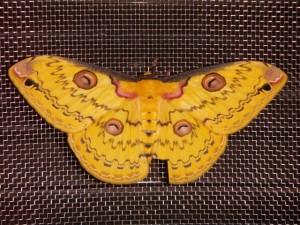
The story’s naturalistic focus is interesting as far as it goes. Today nature study is almost always framed in a conservationist perspective, but Elnora hunts moths to kill, basically — even the rare ones — and to make them into collections and sets to finance her education. The golden emperor moth figures prominently in the story at several points, and it along with several others were specimens I looked up online in curiosity. In one plot development, Elnora takes a job as a nature study teacher for grade school students — a position created for her because of her expertise, so I thought of another Comstock (Elnora’s name is a little too coincidental), Anna Botsford Comstock, whose nature study handbook for the purpose of equipping elementary school teachers to do just what Elnora does was in the works at the time Limberlost was published.
There’s kind of a debate over the exploitation of Limberlost swamp that delineates two ways of seeing the land. Elnora’s mother has refused to allow her old growth forest to be logged, and has refused any oil wells on her property, though other neighbors have done both of these things to their great financial benefit. The swamp is also being drained in the course of the novel, greatly shrinking the habitat for various wild creatures, and the ecological cost of this is something Stratton-Porter makes clear. The ethical terms of that debate have been sharpened over the years, something folks in my neck of the woods are particularly aware of as we’re in the midst of debate over drilling for natural gas in the Marcellus Shale.
Perhaps it’s not great literature, but I enjoy reading novels of this era. If we read to be transported to another place and time, this is one of those books that creates a very appealing “elsewhere” in the general civility of the culture, a beautiful natural setting, and the capability and honor of many of the people.
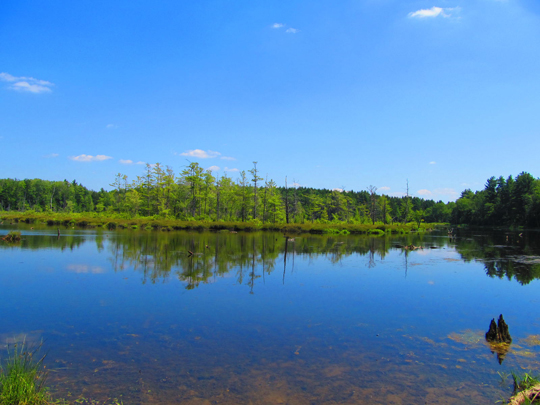


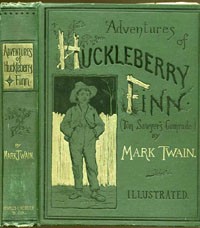
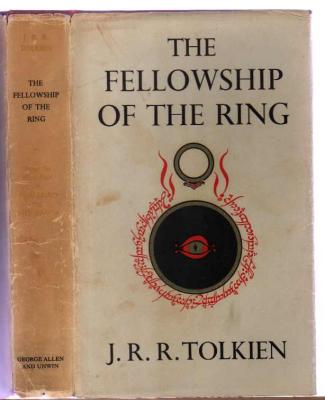
5 Comments
Amy @ Hope Is the Word
I loved this book when I read it a few years ago, although I missed out in some of the perspectives you mention here. (I did pick up in the sharing of the name, though.).
Melody
I enjoyed this a lot as a teen–it was recommended to me by my pastor’s mother–so your review makes me curious to see if my opinion would change if I reread it. Interesting correlation with the last name!
Barbara H.
This is one, along with Freckles, that I read as a child and have wanted to get back to. I don’t remember much about them except that I was enchanted with Freckles in particular. I’d love to revisit them and see what I think about them now.
Cindy Swanson
I remember seeing this book in my own home when I was growing up, but I never took the time to read it…maybe I just thought it was too old-fashioned at the time. Now I enjoy reading books like this. Excellent review!
Hope you’ll stop by mine…
Cindy @ Cindy’s Book Club
Polly
I love Gene Stratton Porter books. Yes they are rather sentimental and sappy at points but they have their charm and you always learn a lot of interesting nature stuff in them. I read somewhere awhile back that she wrote these fiction stories for her publishers in order to finance what she really wanted to write (that they were reluctant to publish)- nature books!